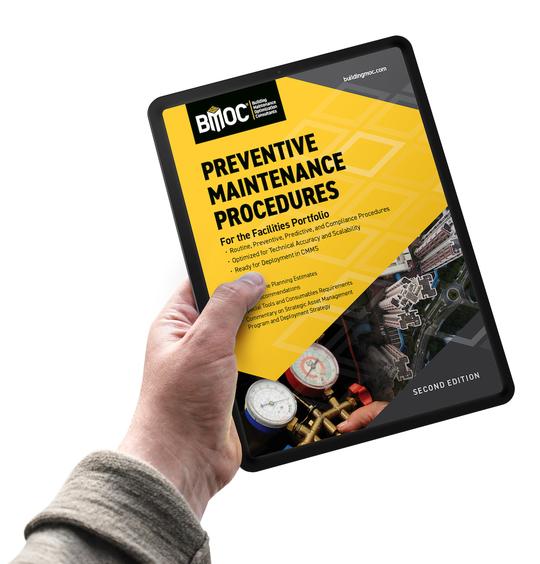Another reason for the classes was the need to improve our skills at writing automatic control sequences of operation because of client dissatisfaction with building system completeness and, more recently, because of the big push to have projects be LEED™ certified. This next generation of energy conservation, LEED, results in more sophistication, more complexity, and more requirements for understanding how systems function.
In addition, LEED mandates commissioning so that the certification goals are met with HVAC systems performing efficiently, effectively, and contributing to a better environment. All this places more focus on the engineer being truly proficient in designing systems that work, which means no more fingerpointing at the contractor when something doesn't function correctly. With commissioning being a prerequisite of certification, it should send a message that someone on the team needs to be proficient in building system design, startup, and demonstration of efficient system performance.
Three Levels Of Experience
Starting with the ACT class, it became obvious that we had three skill levels among the participants. The more experienced staff sat in, recognizing that they needed to continue to improve based on industry feedback that showed owners are not satisfied with the deliverables from the building community.At the other end of the class spectrum were the entry-level designers and engineers anxious just to learn. In the middle was that core group of designers and engineers in their first few years of "in-responsible-charge." It was this midlevel group who were the ones we want to influence as soon as possible if we are going to continue to be successful in our business. Why? These professionals do the majority of design engineering and are the next generation of HVAC leaders. They need to improve and produce a product that is better then what our industry is delivering as a final product today.
We start each class with a system flow diagram. The first session focuses on a relatively simple, 100% OA system and we build the process as we itemize the components needed to make the control strategy complete. As we reached the eighth or ninth mode of operation (i.e., off, on, maximum cooling, airside economizer), the class begins to see how current sequences just don't address the full sequence of events.
A Thorough Understanding Is Needed
I believe the control industry has made writing sequences easy with off-the-shelf standards. Unfortunately, these companies have not made the sequences comprehensive with a thorough understanding of how the system will function in each mode of operation. As a result, our classroom exercise focuses on teaching the participants how to be more proficient in itemizing the components needed to make a system complete. This process of inventorying components also raises people's awareness of the need to verify the component's function in each mode of operation. The classes strive to raise awareness of the importance of creating a one-line diagram as the sequences of operation and component inventory are established.It is this attention to detail in going through the automatic control system sequence by sequence that makes a system work, ensuring that it will work efficiently and that it meets the design intent of the project. If the design engineer doesn't do his part by writing a complete sequence of operation, then who is responsible for the system working per design? Enter the commissioning engineer, the panacea for problematic system performance? If only the design engineer had created the optimum automatic control system with flow diagram and component inventory and itemized in each of the numerous modes of operation. If only the design engineer truly knew how to write an entire system sequence from off-to-on, from maximum heating to maximum cooling, from alarm to safety, and then to energy management.
Our control classes have now ended, but I think we only scratched the surface of the issue here as it pertains to energy efficient system performance. Hopefully, those who have participated in our in-house classes will find writing automatic control sequences easier and also turn around to shed some light on what is needed to produce a more thorough system description. If you want to see how you would do in our ACT class, try your skills at this month's "Back to Basics" test at the front of the magazine.ES



